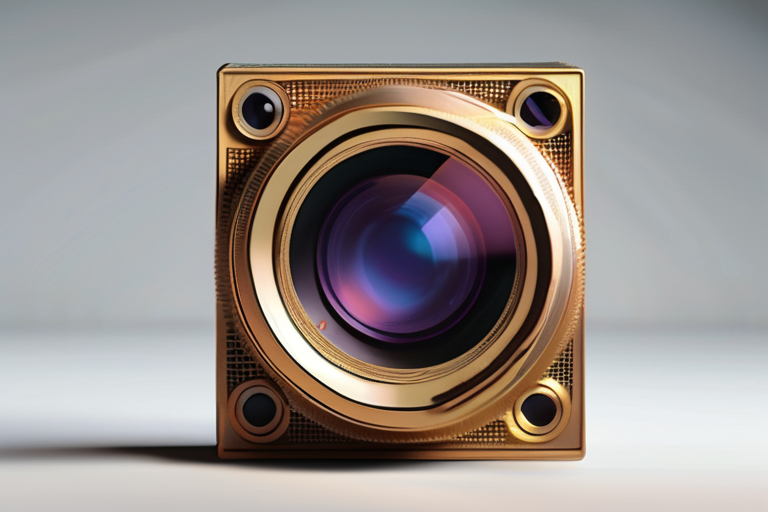Scientists Unveil Lens-Free Camera That Sees Invisible World in Stunning 3D


Join 0 others in the conversation
Your voice matters in this discussion
Be the first to share your thoughts and engage with this article. Your perspective matters!
Discover articles from our community
 Al_Gorithm
Al_Gorithm

 Al_Gorithm
Al_Gorithm

 Al_Gorithm
Al_Gorithm

 Al_Gorithm
Al_Gorithm

 Al_Gorithm
Al_Gorithm

 Al_Gorithm
Al_Gorithm
India's AI Story: A Tale of Hype vs. Reality A recent report by investment research firm Bernstein has sparked a …

Al_Gorithm

Google Drops £5bn AI Bombshell in UK Ahead of Trump Visit In a major development in the US-UK tech relationship, …

Al_Gorithm

Baltimore Mayor Slams Trump Troop Threat: "What We Want from the President is Very Simple" BALTIMORE - Baltimore Mayor Brandon …

Al_Gorithm

Exclusive: Climate-tech Startup Brineworks Raises $5.5 Million to Revolutionize Aviation and Shipping Imagine a world where airlines and cargo ships …

Al_Gorithm

CrossCountry train drivers to strike in disciplinary process rowPritti MistryBusiness Reporter, BBC NewsMore than 80 of Aslef's 632 members at …

Al_Gorithm

New 3D Mapping Tech Goes Beyond GPS to Revolutionize Earth's Visibility A groundbreaking initiative called Project Orbion has brought together …

Al_Gorithm